Coronavirus: Is it still safe to use public transport?
As non-essential services in NSW and Victoria go in to lockdown, public transport remains open.
But is it safe to use?
“Using public transport is low risk, but you should only be using it when you really need to, for example going to work if you absolutely can’t work from home,” says Dr Fiona Stanaway, clinical epidemiologist at The University of Sydney School of Public Health.
“If you have alternatives to public transport, try and use them. This not only reduces your risk, but reduces the risk for those who have no other alternatives as it means they don’t have to navigate crowded trains and buses. If you are unwell with any symptoms of cold or flu – no matter how mild – stay at home and do not use public transport.”
How do the new social distancing rules impact public transport?
Although the government has introduced a mandate where no more than 100 people can be together indoors, this rule does not yet apply to public transport.
This will be reviewed regularly, and may change.
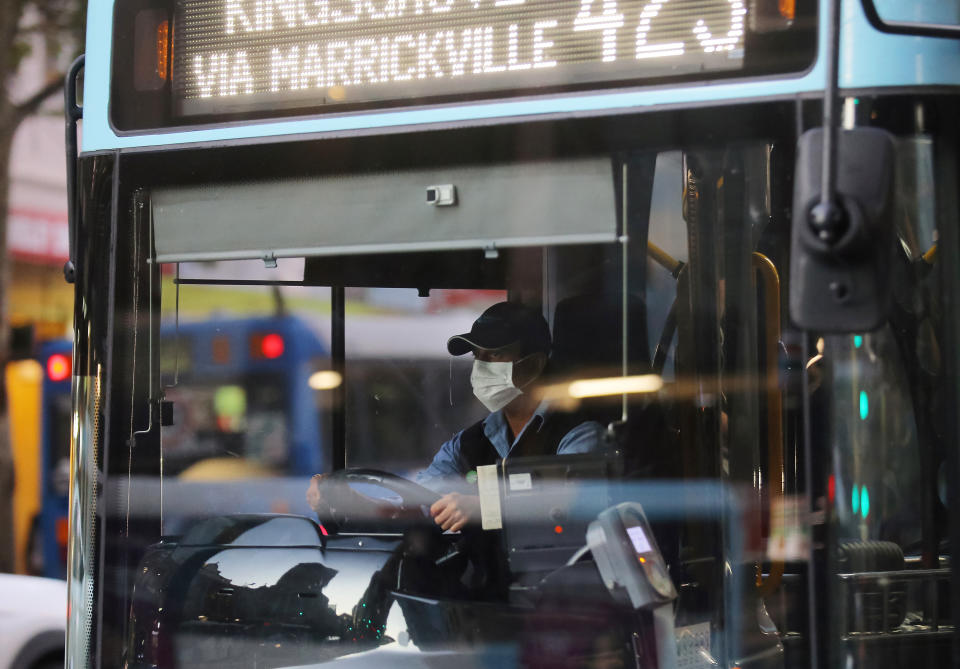
However, it’s still advised to maintain social distancing and hygiene as much as possible.
Dr Stanaway says:
“Travel at off-peak times to reduce the amount of people you come in to contact with.”
“Walk along the train platform to carriages that have fewer people, and try to sit at a distance from others. If you're in a train or bus with moveable seats, move them so you have your back to people rather than facing them.”
“Take hand sanitiser with you to use on public transport, but make sure you wash your hands thoroughly when you arrive at your destination.”
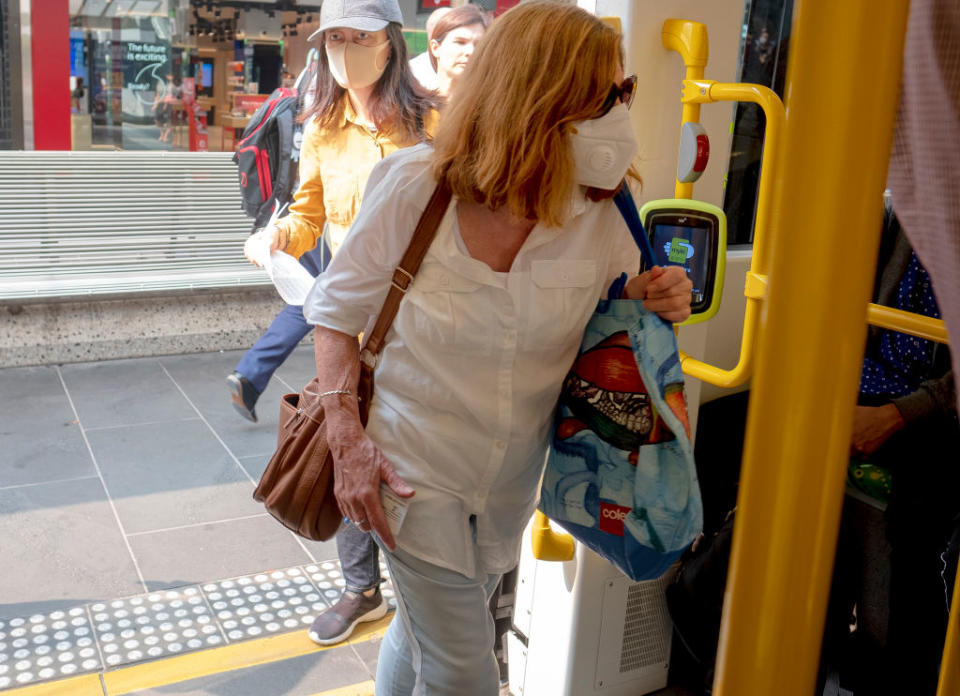
What is the official guidance from government for public transport drivers?
The government asks drivers to employ standard cleaning practices at the end of each shift.
In the event of a passenger sneezing or coughing, they should clean surfaces with disinfectant wipes.
Unions are asking for no cash to be handled.
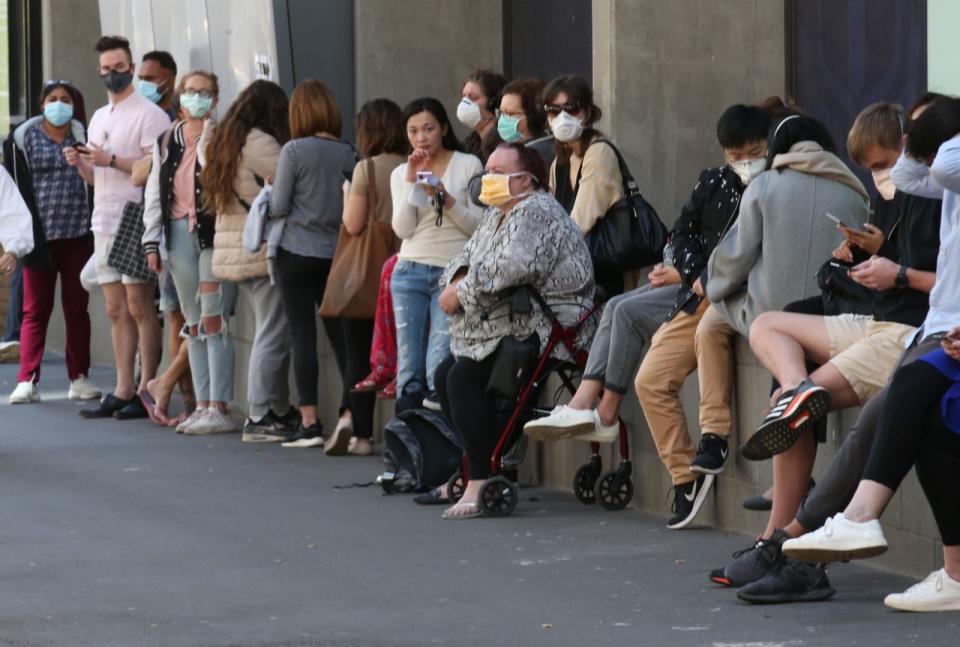
Can coronavirus live on surfaces in public transport?
Yes.
A study by the US National Institutes of Health (NIH) shows that the virus can survive for up to two to three days on plastic and stainless steel surfaces.
This suggests that the virus might also last this long on door handles and other hard surfaces. Researchers aren’t sure yet how long it might last on fabric such as seats or clothing.
Will public transport be affected by coronavirus?
At the moment public transport is still running full services.

Here is the breakdown of what each state and territory are doing to ensure their services remain as safe as possible:
What are Public Transport Victoria doing to reduce the risk of COVID-19?
In the attempt to stagger people travelling, train passengers will benefit from free early bird travel, with all metropolitan trains free if you touch on and off before 7.15am.
On Metro Trains and V/Line, all carriages will be sprayed with disinfectant and all touch surfaces wiped down every night, on top of the current cleaning arrangements.
The trams in Melbourne will be deep-cleaned before each service.
This includes wiping stop buttons, hand rails and grab straps at the beginning of each run.

What are Public Transport NSW doing to reduce the risk of coronavirus?
On light rail services, all tram doors now open automatically at platforms to prevent people touching the buttons.
There is increased cleaning across all trains, buses, ferries, light rail and the metro.
This has been particularly increased in the city in Sydney at Central, Town Hall and Wynyard stations.
Once a day all trains are disinfected, and Opal readers and other frequently used surfaces are sprayed down.
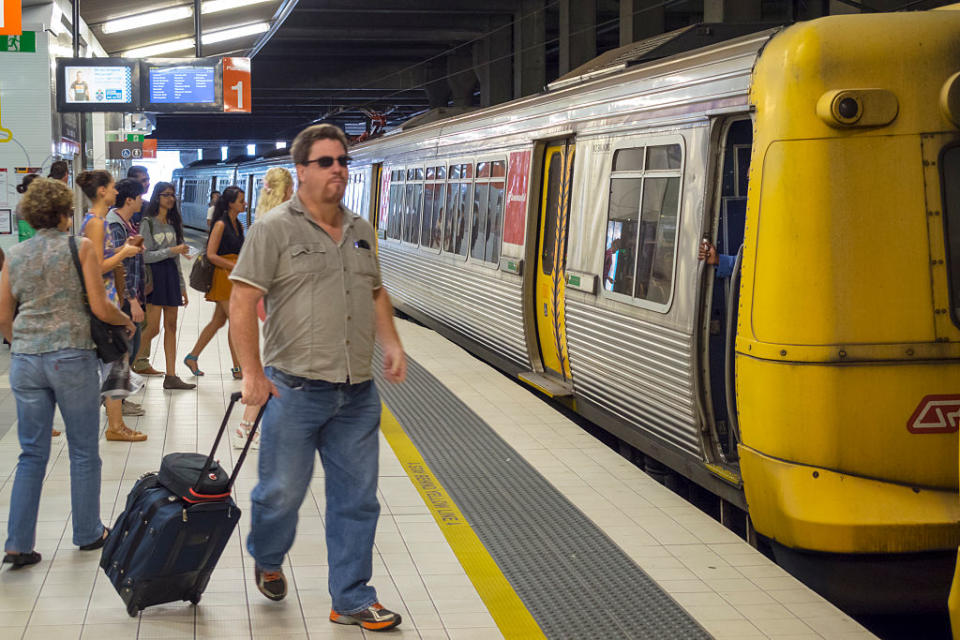
What is Queensland Public Transport doing to reduce the virus risk?
Public transport will continue without changes for the moment, with Brisbane City Council confirming buses, trains and CityCats will all keep their normal timetables.
Queensland Rail have tripled the number of staff cleaning high traffic stations such as South Bank, South Brisbane, Roma Street, Central, Fortitude Valley and Bowen Hills, with additional cleaning of key customer touch points.
Trains are undergoing additional surface cleaning as they enter depots, prior to their next service. Queensland Rail trains, G:link trams and Transport for Brisbane buses have all increased their cleaning schedules.
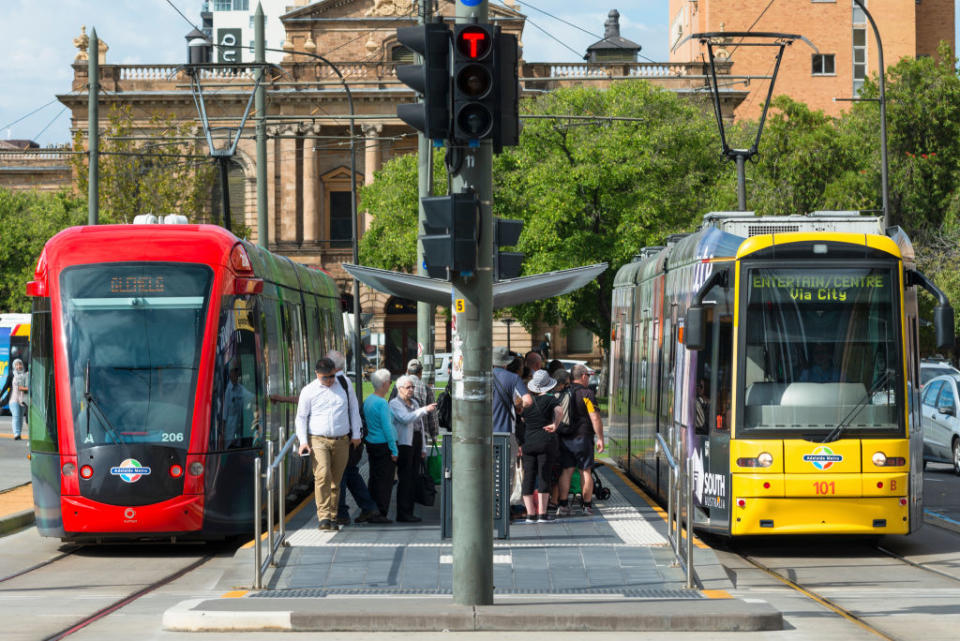
What will South Australian Public Transport Authority (SAPTA) do to reduce the COVID-19 threat?
SAPTA has increased cleaning schedules across all its public transport modes, with particular focus on hand rails, push buttons and validators.
There are currently no changes to public transport schedules.

What’s the Public Transport Authority of Western Australia doing amid coronavirus pandemic?
There is an “escalated and staged cleaning regime" for all buses, trains and ferries throughout Western Australia.
All Transperth vehicles are being cleaned more frequently, with poles, doors and handrails being given particular attention.
What is Transport Tasmania doing to reduce the outbreak risk?
Tassielink Transit have organised enhanced cleaning of all buses.
Metro has also increased its cleaning schedule, and is encouraging all passengers to make contact-free fare payment, using a Greencard.
What is Transport Canberra doing to reduce the risk amid coronavirus crisis?
There’s an increased cleaning regime on buses and light rail vehicles, as well as at stops and interchanges.
Customers must now enter buses through the rear doors, to allow more space.

What is the Northern Territory Public Transport doing amid pandemic threat?
The Aboriginal Corporation, Larrakia Nation, is offering free transportation to Darwin's Indigenous population who are living away from the communities but want to return home.
Normal public transport is running as usual throughout the state, but people are not allowed to travel to remote aboriginal communities.
Do you have a story tip? Email: newsroomau@yahoonews.com.
You can also follow us on Facebook, Instagram and Twitter and download the Yahoo News app from the App Store or Google Play.





